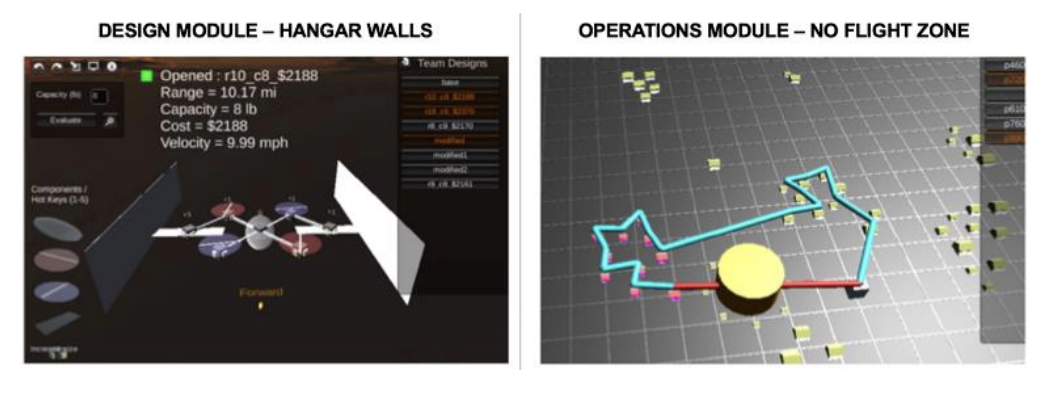Chloe (Soo hwa) Hong
- cv
- github
- google scholar
- cshhong at mit dot edu
I am a PhD candidate in Building Technology at MIT, advised by Caitlin Mueller, within the Digital Structures Group. Previously, I received my M.S. in Computational Design at Carnegie Mellon University, with a concentration in machine learning, computational geometry and fabrication and my Bachelor's at Seoul National University. Here are some cool projects that I have done in the past.
My research focuses on generative design systems that bridge probabilistic modeling, differentiable physics-based solvers, and cross-topology exploration to create designs that can be built in the real world. Drawing from architectural and structural engineering principles as well as computer graphics and scientific computing, I develop algorithmic frameworks and representations that enable computational reasoning between geometry, physical soundness, constructibility, and performance. In particular, I am interested in efficiently searching the space of inherently discrete and combinatorial real-world designs, common, though not limited, to structural design, where solutions are composed from finite sets of components while satisfying geometric and physical constraints.

Publications & Projects
StructRL Engineer is a reinforcement learning framework that formulates structural design as a sequential decision-making process, and employs a two-phase training algorithm to generate high-performing, constructible structures tailored to specific boundary conditions. It learns bottom-up form finding strategies that balance structural behavior and material efficiency, revealing emergent reasoning for navigating large combinatorial design spaces.
Project page | Paper | Code
RevitAssembly (Autodesk 2023)
RevitAssembly is an assembly-aware graph representation for 3D models of building components involving geometric and semantic compositional constraints. Geometric data and tabular annotations from Revit 3D models are queried and linked to generate a dataset used for generative tasks.

Adaptation and Challenges in Human-AI Partnership for the Design of Complex Engineering Systems (IDETC/CIE 2023)
This work explores how Artificial Intelligence (AI) can be integrated into human team problem solving to create genuine human-AI partnerships capable of dynamic adaptability. Using the HyForm collaborative research platform, we show that AI design partners can act as proactive and reactive teammates in complex engineering tasks—adapting to unexpected changes comparably to humans, though with remaining challenges in coordination and communication.
Blog Posts
Reinforcement Learning as Probabilistic Inference - Part 3
29 November 2024
From the optimal action conditionals, we recover the optimal policy through backward messages, relate it to value functions in RL, and connect probabilistic inference to maximum entropy reinforcement learning.
Reinforcement Learning as Probabilistic Inference - Part 2
29 November 2024
Building on part 1, we establish decision-making as a probabilistic graphical model, connect RL to a trajectory prediction problem, and formulate optimal trajectory prediction as probabilistic inference.
Reinforcement Learning as Probabilistic Inference - Part 1
29 November 2024
This series of posts explores the intersection of reinforcement learning and probabilistic graphical models, delving into the optimization of policies through inference, bridging the gap between planning and decision-making under uncertainty.